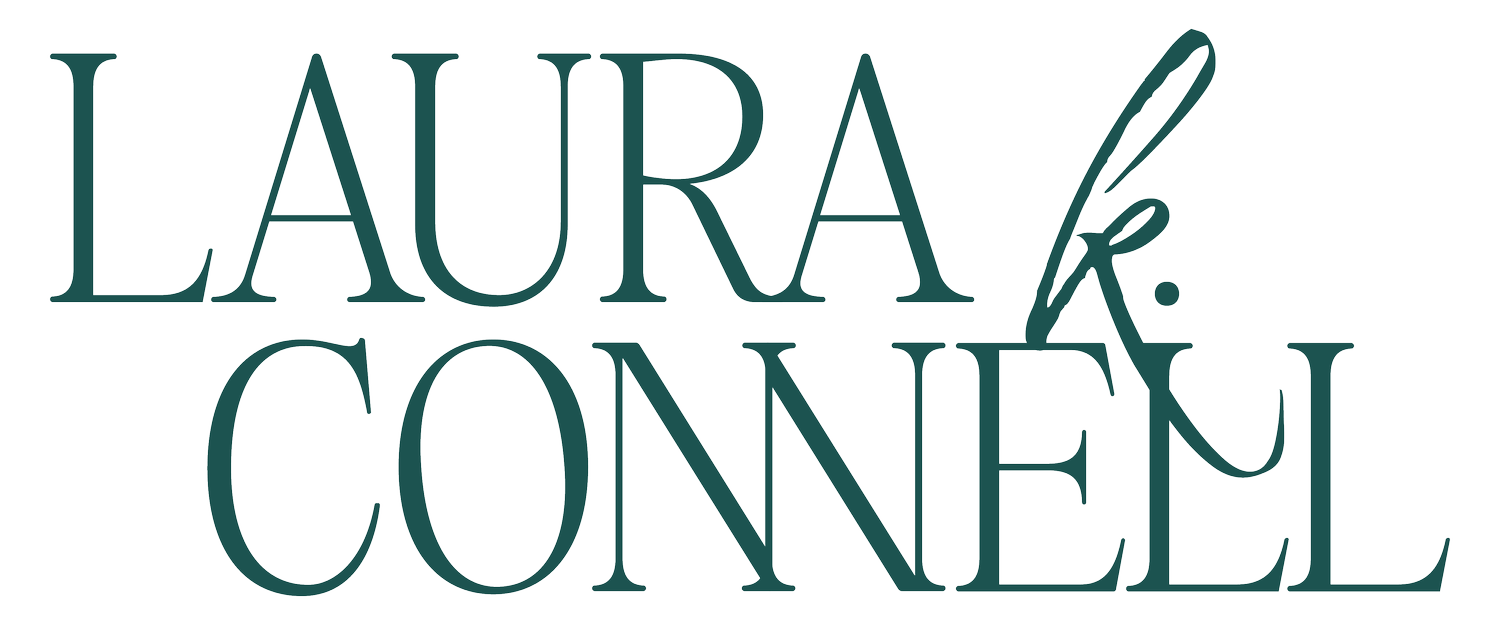How to know the difference between comfort and safety
Photo by Debby Hudson on Unsplash
There's a lot of talk about getting outside your comfort zone and that's valid. It's important to stretch and challenge yourself in order to grow and heal. However, there's a difference between comfort and safety that I'd like to explore.
The truth that change rarely happens inside the comfort zone can lead us to ignore our need for safety. We can override our body's red flags that say proceed with caution rather than full steam ahead.
Comfort and safety: what's the difference?
But when you've been raised to ignore your body's signals and question your intuition, knowing the difference between comfort and safety can feel tricky.
Those of us raised with unmet childhood needs may feel uncomfortable or even unsafe most of the time. We've adapted to an ongoing feeling of hypervigilance that wreaks havoc on the nervous system.
Now, you never get used to feeling this way (and that's why it has such tragic health outcomes). However, feeling hyper attuned to threat may condition you to be more willing to throw yourself in harm's way.
If you always feel scared, you may not know the difference between fear designed to keep you safe and fear that's going to hold you back.
That's why the strategies often touted in the mainstream self-help arena may not work if you're recovering from c-PTSD. Read more on complex PTSD.
The idea that the more you do something (such as public speaking), the better you get, is only true within a context of safety. Without that safety, your anxiety around public speaking may actually get worse.
And, for those of us who hardly ever feel safe, that context of safety is not one we can take for granted. We have to cultivate it before we embark on that journey outside the comfort zone.
Bridging the gap between comfort and safety
So, how do we bridge the gap between comfort and safety? Well, we can start with turning toward ourselves rather than turning away.
If you grew up having to abandon yourself to receive acceptance, you may continue that trend during your personal growth journey.
If you're used to feeling unsupported, you may not know how to support yourself. The idea that you can be nice to yourself while completing challenges may seem completely foreign to you.
If you detach from your emotions and feelings in order to "just do it", that is self-cruelty. It is especially mean to force yourself to do something that overrides your body's cries for safety.
This is not a licence to never do anything hard, but to check in with yourself before you do. Can you do some deep and slow breathing, or give yourself a hug, to remind you that you're here for yourself?
Part of a mindfulness practice includes setting an intention. (For more on mindfulness, click here.) Can you set an intention for this foray outside your comfort zone beyond just "getting through it"?
If your intention is to connect with others, it's crucial that you connect with yourself first.
Sense of urgency = red flag
Sometimes we mistake a sense of urgency as a green light to take action. In reality, it may be a time to step back and check in with yourself first. Right action, in my opinion, is coupled with peace and slowness rather than a frantic compulsion to "do".
Discerning the difference between comfort and safety has multi-layered benefits. Waiting to establish self-safety before taking a big step can avoid a hasty decision that results in regret.
Checking in with yourself improves self-awareness, helps regulate your nervous system, and increases self-compassion. All of these are crucial to the self-parenting and healing process.
next steps
Now, you know the difference between comfort and safety. It’s important to stretch beyond your comfort zone. But just as important to take good care of yourself as you do.
Before you go, I have a gift for you. A free masterclass on my proven 4-step process for healing childhood trauma. Learn how unmet childhood needs keep impacting you as an adult, and what to do.


